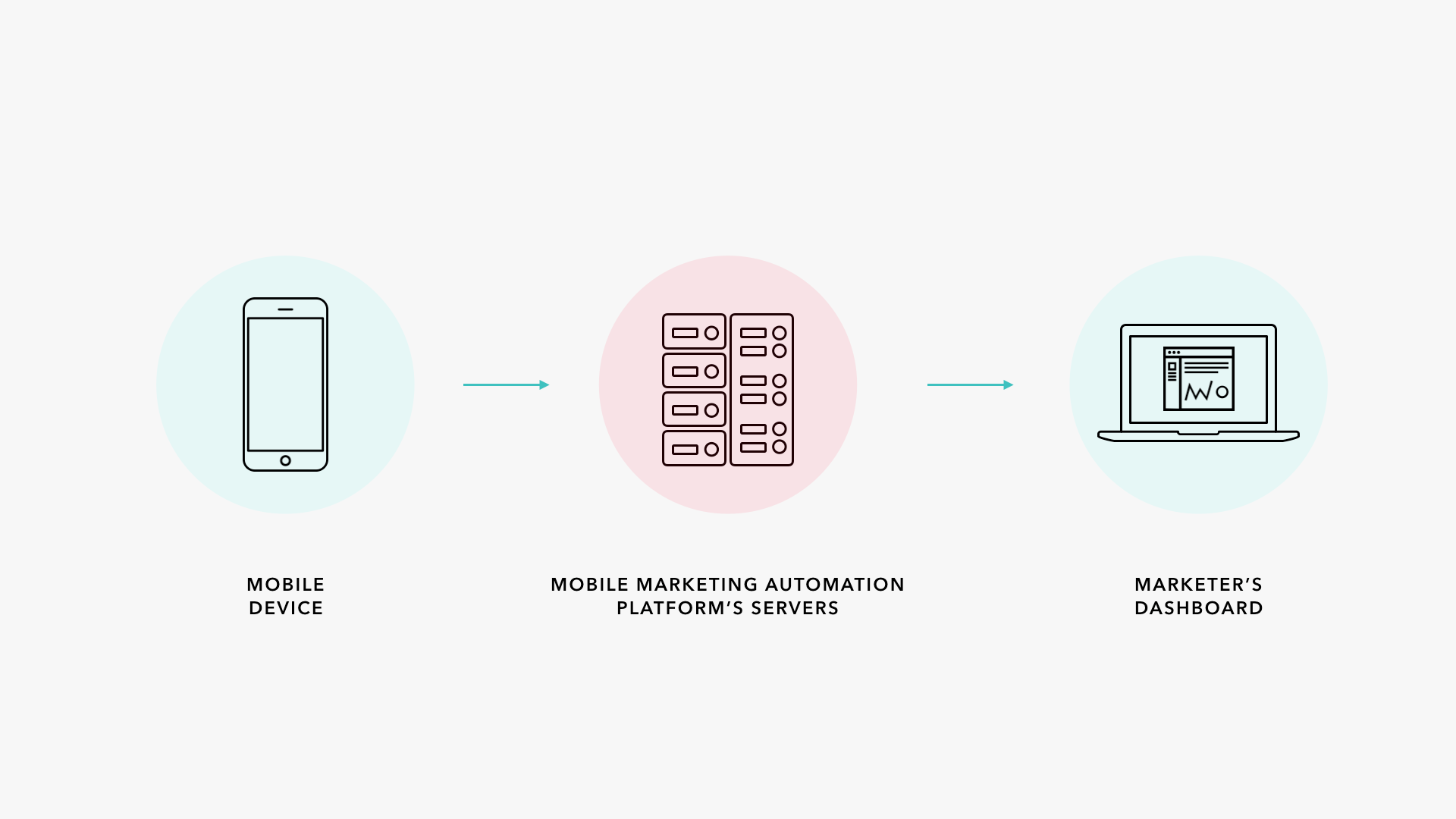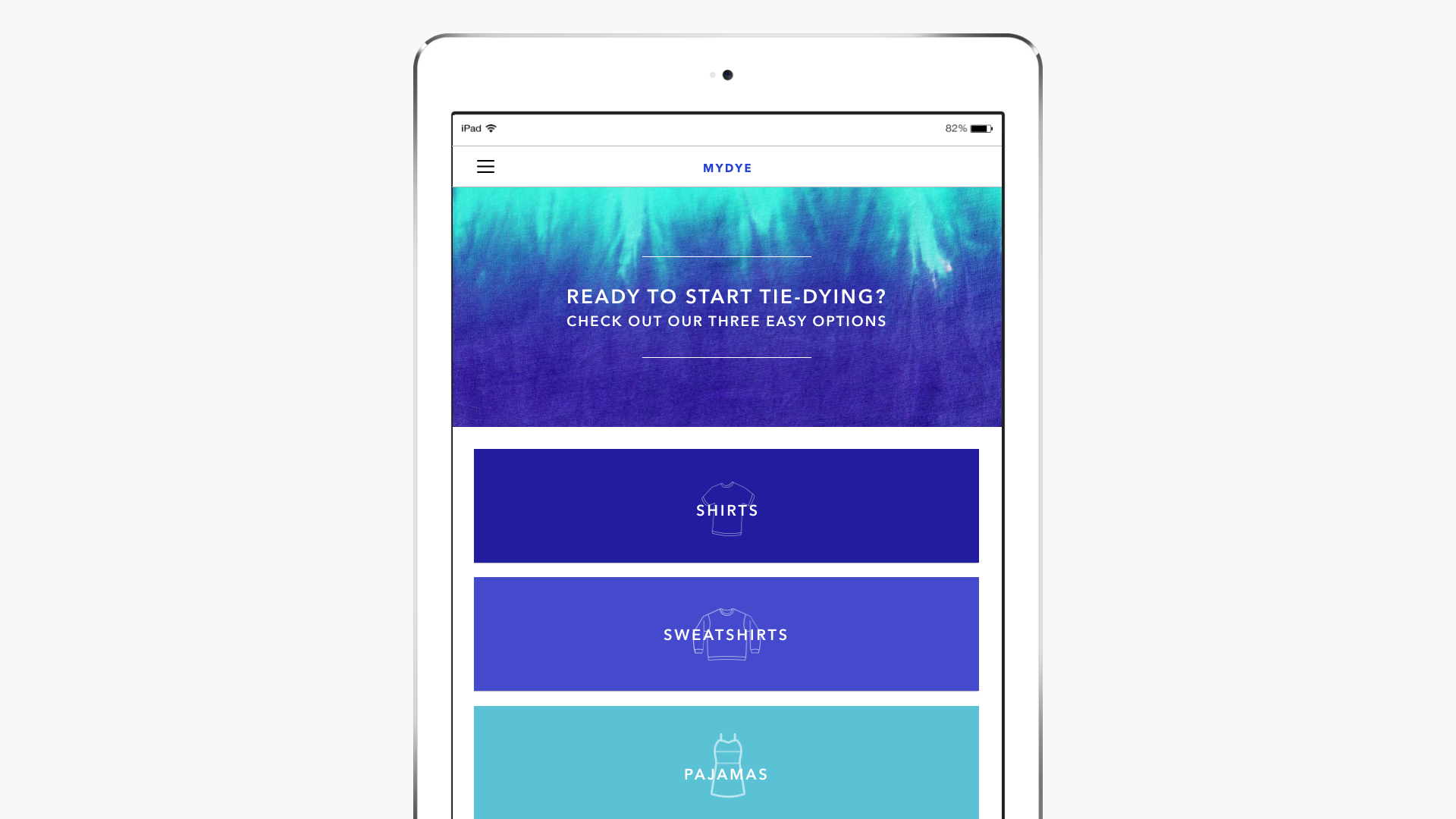Are You Collecting The Right Customer Data/Information?
Published on December 21, 2015/Last edited on December 21, 2015/11 min read


Todd Grennan
Content Production Principal, Content Marketing at BrazeDear reader: This blog post made its original debut in Appboy’s Relate Magazine. Pocket its pearls of wisdom, and then for more information, check out our new Cross-Channel Engagement Difference Report!
When it comes to collecting the right customer data, the stakes are high.
The rise of mobile has made it possible for brands to create and maintain rich, durable relationships with their audiences on a global scale that’s never been achieved before, fuelled by the intimate reach of mobile devices and powerful new tools for message personalization and targeting. But those tools rely heavily on customer data to function well. So the decisions you make about what information to collect and how much will have a big impact on the success of your marketing efforts over the long haul.
Figuring out what customer data to track can be difficult. But it’s important to remember that your data collection needs should be driven by your brand’s specific business goals. If you truly understand what customer actions matter to your business, you’re going to be well-positioned to identify what data you need to collect.
But working all that out can be a little tricky. So let’s take a closer look at what’s involved in customer mobile data collection and how you can make sure you’re getting the information your brand needs…
How do brands collect customer data on mobile?

A good way to gather information on your customers’ mobile activity is by taking advantage of the data collection capabilities of a mobile marketing automation platform. Once you’ve integrated the platform’s SDK into your app, the solution can identify and track customer information within the app, then display that information for your use in the platform’s dashboard. Of course, how useful that data is to your marketing efforts depends greatly on what you decide to track.
Separately, if your brand collects point-of-sale data from your physical locations, or other non-mobile customer data, that information can be ported into your mobile marketing automation solution. By centralizing customer data within your marketing platform, you’ll get a more complete understanding of your customers’ behavior than depending on mobile data alone, and be able to use that information to inform your outreach going forward.
What customer data is collected automatically?
That really depends on the platform you’re using. Some collect a lot of audience events (like what campaign a customer received most recently) and attributes (like a customer’s language and country) without you having to do much of anything, while others only track a few types of customer data out of the box. To get a sense of what kind of information can be captured, take a look at the customer data that Appboy tracks automatically.
Realistically, it’s unlikely that everything you need will be automatically tracked no matter what platform you use. But since it takes developer time and effort to set up tracking of additional events and attributes, it makes sense to use a platform that covers as many of your must-have data needs as possible right out of the box, right?
How do you figure out what data to track?
In essence, it’s a three-step process:
- Identify the ultimate action(s) you’re looking to convince customers to carry out—maybe it’s a purchase, or to send a message to a friend, or something else.
- Work backwards to determine what intermediary steps customers take on the path toward that ultimate goal.
- Figure out what customer information you need to track to have enough detail about the completion of each of those steps (as well as the final action) to be able to effectively encourage customers to move from one step to the next.
Honestly, it can be a lot to get your head around. So before you decide what customer data to track, it’s usually helpful to work through this process in detail, just so you don’t miss anything important. Or, instead of trying to tackle the whole process at once, try identifying a few particularly essential intermediary steps to focus on initially, then add additional ones when you’re ready.
Um, how about some examples?
Okay, sure. Let’s take a look at two different kinds of apps and what sorts of information they need to track in order to support their mobile marketing efforts.
On-demand app
Imagine that your brand is just about to launch an app that allows users to have shirts or other pieces of clothing tie-dyed on demand—call it MyDye.

What’s the ultimate customer goal?
What your app needs in order to be successful is for the people who download it to pay for your on-demand tie-dying service. If that doesn’t happen, your app isn’t going to thrive.
What steps lead to that goal?
Before one of your users can purchase a tie-dying session, a number of things have to happen. That person needs to:
- Open the app
- Learn how to navigate the app successfully
- Look at some or all of the tie-dying options you offer
- Choose one of those tie-dying options
- Input their payment information
- Complete the order
What information do you need in order to track customer behavior connected to those goals?
Now that you’ve identified the essential steps between that first session and an eventual purchase, work out what data needs to be tracked to fully understand how customers are engaging with each one:
- Open the app
- When did the customer first open the app?
- When did the customer last open the app?
- How many sessions has the customer logged?
- Learn how to navigate the app successfully
- Did the customer complete your in-app onboarding?
- If not, did they engage with your messaging campaign designed to push them to return to to the onboarding process?
- Look at some or all of the tie-dying options you offer
- Did the customer look at option A (t-shirt tie-dying), or option B (sweatshirt tie-dying), or option C (pajama tie-dying)?
- Choose one of those tie-dying options
- Did the customer select option A, or option B, or option C?
- Did they abandon their order before completion?
- If so, did they respond to the abandoned shopping cart messaging campaign designed to nudge them to complete the purchase?
- Input their payment information
- Did the customer provide a credit card?
- Did the customer pay using PayPal or another service?
- Did the customer input a coupon or discount code?
- If so, what was the code?
- Complete the order
- Did the customer make a purchase?
- When was the last time they made a purchase?
- How many purchases has the customer made?
- How much has the customer spent total in the app?
Streaming video app
In this case, let’s imagine that your brand is launching a new app called CatFailz that’s focused exclusively on funny cat-related videos.

What’s the ultimate customer goal?
For an app built around streaming media, the central metric that determines their success isn’t whether a customer streams a particular piece of content—though, of course, the app is in trouble if nobody wants to stream anything. Instead, it’s about how consistently and frequently customers are engaging with the service’s streaming content. When customers stream on a regular basis, they’re more likely to stick around, making it possible to monetize that engagement by selling advertisements or promoting a paid subscription tier.
What steps lead to that goal?
As with an on-demand app, understanding the progress of events that lead to your ultimate goal is essential if you’re going to collect the information you need. To get to consistent streaming, a CatFailz user needs to:
- Open the app
- Learn how to navigate the app successfully
- Look at some or all of the categories of cat videos
- Watch a cat video
- Watch additional cat videos on a consistent basis
What information do you need in order to track customer behavior connected to those goals?
Again, knowing these steps makes it possible to identify what customer actions your brand will need to track:
- Open the app
- When did the customer first open the app?
- When did the customer last open the app?
- How many sessions has the customer logged?
- Learn how to navigate the app successfully
- Did the customer complete your (cat-themed) in-app onboarding?
- If not, did they engage with your messaging campaign designed to push them to return to to the onboarding process?
- Look at some or all of the categories of cat videos
- Did the customer look at category A (Cats knocking things over), category B (Cats being freaked out by everyday things), or category C (Cats acting like people)?
- Watch a cat video
- Did the customer watch a cat video?
- What category was the video in?
- When did the customer first watch a cat video?
- Watch additional cat videos on a consistent basis
- How many videos has the customer streamed?
- When did the customer last watch a cat video?
- Is the customer a CatFailz Gold premium member?
Remember: Vertical matters, but individual company needs matter more
One thing to consider when deciding what information to track is how granular to get with the customer data you’re recording. Is it necessary to track whether a customer purchases a particular item, or is it enough to know that they purchased something and that the thing they purchased fits within a certain category? Generally, verticals that tend to have smaller numbers of items are well-served by tracking customer behavior in connection with each item, while verticals that feature thousands or even millions of items benefit from focusing on higher-level categories.
Because CatFailz has so many more cat videos that customers can stream than the number of tie-dying options offered by MyDye, it makes sense for the CatFailz marketing team to focus on finding out about what kinds of videos customers prefer based on category, rather than tracking every single cat video and whether a customer has watched it. That being said, if MyDye got so big that it suddenly had thousands of different tie-dying options, it might find that tracking customer behavior in terms of categories might begin to work better for them. Ultimately, the data you collect on your customers needs to be driven by what makes the most sense for your business, not by what other firms tend to do in your vertical.
What happens if you don’t collect enough customer data (or collect the wrong data)?
Well, you won’t burst into flames. But getting data collection wrong can make it difficult for your team to tell whether or not your marketing efforts are having an impact on the customer journey.
Imagine that you’re an ecommerce app and you’ve decided to track purchases but not any of the actions associated with the steps that customers take on the way to that ultimate conversion. Your dashboard will show that a customer bought a winter coat, but not that they also looked at gloves and a scarf before making a purchase. You also won’t see whether they used a coupon or whether their session was triggered by one of the promotional push notifications you sent. All that information might be collected by your company through other digital systems, but if you’re not capturing that data with your marketing platform, it’s harder to use any of it to support your marketing efforts.
Why not just track every piece of customer data possible?
First off, that would take forever and probably not win your marketing department a lot of friends among your brand’s engineering team. But even if time and developer involvement were a non-issue, collecting customer data that you have no ability to use in connection with your marketing campaigns would still be a bad idea.
At its core, the purpose of collecting customer data through your mobile marketing automation platform is to use that information to support your marketing. And when the amount of information you’re gathering gets big and complex enough, it makes it extremely difficult for marketers to sort through the information they’ve collected and take action. That reduces the speed and agility of their responses to customer behavior and makes it harder to effectively support the brand’s long-term business goals.
Once you’ve figured out what to track and everything’s set up—now what?
Messaging campaigns
Having rich, detailed data on how customers engage with your brand makes it possible to target your outreach more effectively across a variety of messaging channels, including push notifications, email, and in-app messages. For instance, if you’re tracking when a customer carries out a certain action, it becomes possible to trigger specific messaging campaigns when that action takes place, making your outreach more responsive and relevant to the people receiving them.
Personalization
Customer behavioral data that’s tracked using a mobile marketing automation platform can also be used to support a variety of different types of personalized messages. Personalization can be as simple as inserting a customer’s name into the emails you send them, or as complex as changing the content of a push notification based on the current weather in someone’s most recent location, but it’s always driven by insight into who the customer is and how they’ve engaged with your brand.
Data exports
While the data you’re collecting on customers through your mobile marketing automation platform is intended to be used to further your marketing efforts, there may be information contained in your dashboard that could be of use elsewhere. If you mobile marketing platform supports it, you can export the data it captures for further processing or analysis by your brand’s business intelligence (BI) team. That makes it possible for other systems or teams throughout your organization to take advantage of this information to operate more effectively or fuel new insights.
Related Tags
Releated Content
View the Blog
The new inbox reality: How iOS changes are reshaping email marketing

Aparna Prasad

Experience optimization: Turning data insights into better journeys

Team Braze

December 2025 Bonfire Marketer of the Month: Jagex’s Emma Oliver
